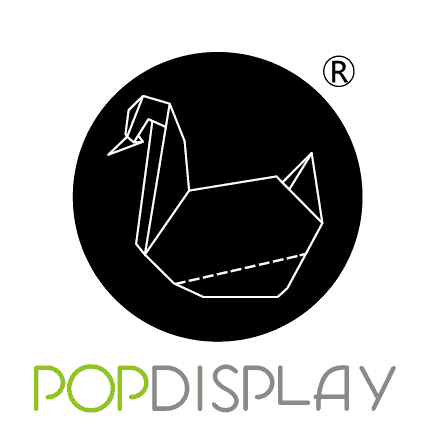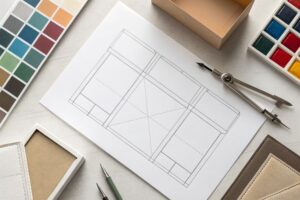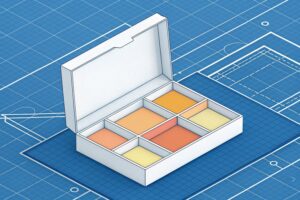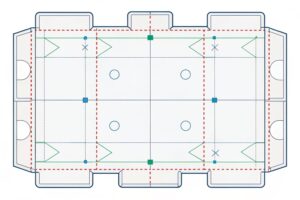What Is It Called When You Set up Store Displays?
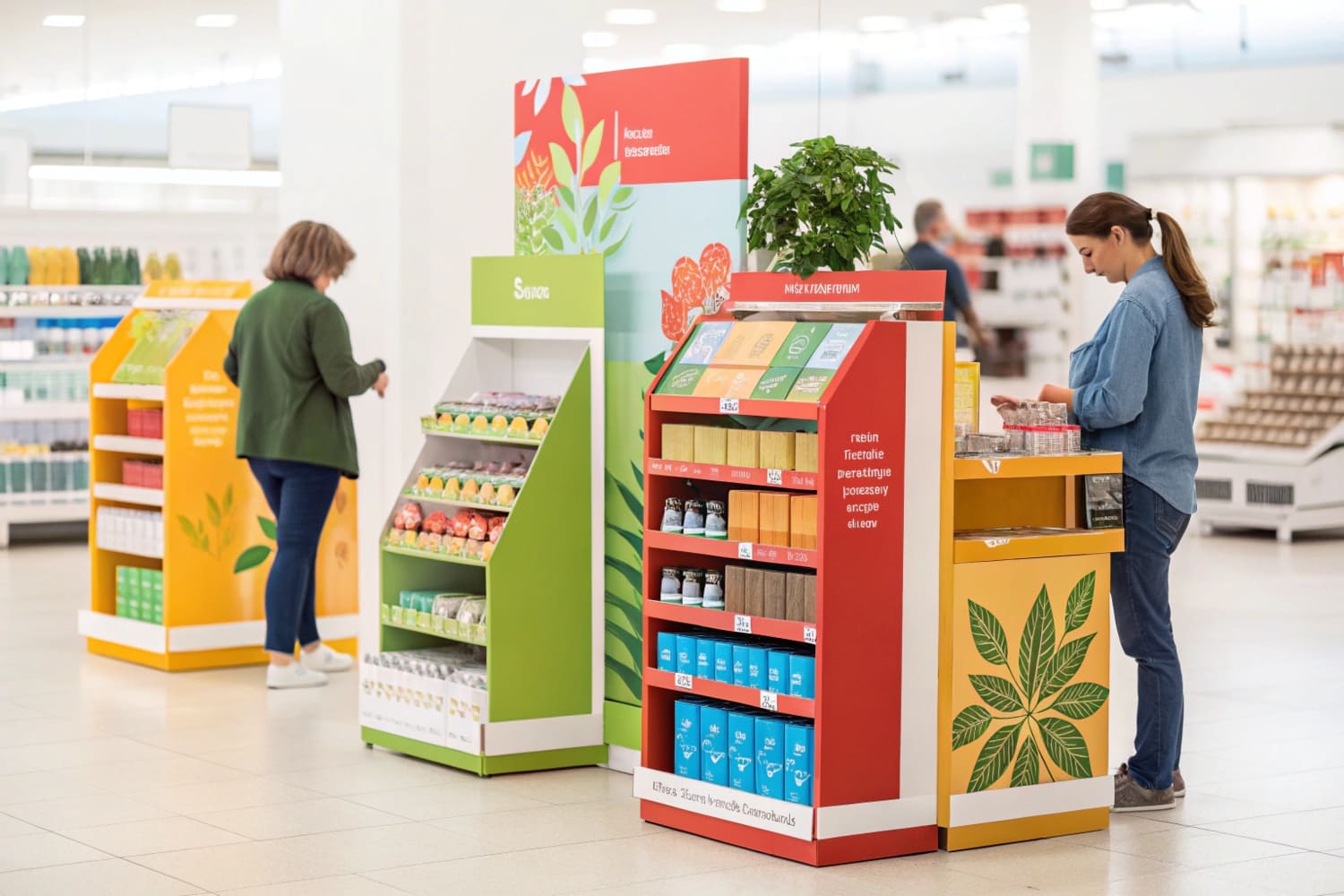
You want shoppers to stop. Your product needs attention. I see this every week. Clear terms and roles reduce confusion and speed results.
Setting up store displays is called retail merchandising or visual merchandising installation. Many teams call it a merchandising reset, set, or planogram execution. The goal is a compliant, shoppable presentation that lifts sales fast.
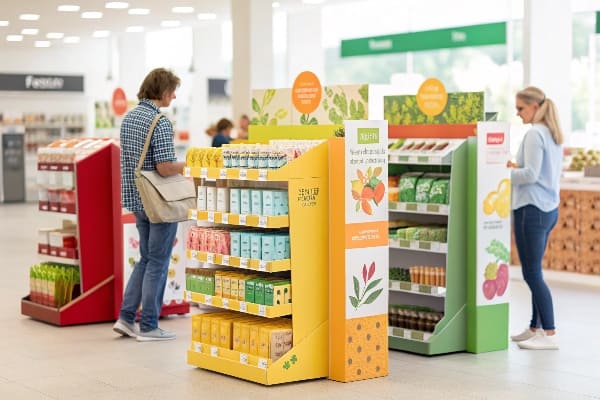
I will keep the language simple and useful. I will name things the way store teams speak. I will also add field notes from our cardboard display projects across North America, Europe, and fast-growing Asia Pacific.
What are store displays called?
Teams use many names. Different buyers prefer different terms. I use a short list with every client. Clear names prevent wrong specs and late changes.
Store displays are called POP or POS displays. Common types include floor displays, countertop displays, pallet displays, shelf trays, clip strips, end caps, and interactive units. Cardboard versions are fast, flexible, and cost-effective.
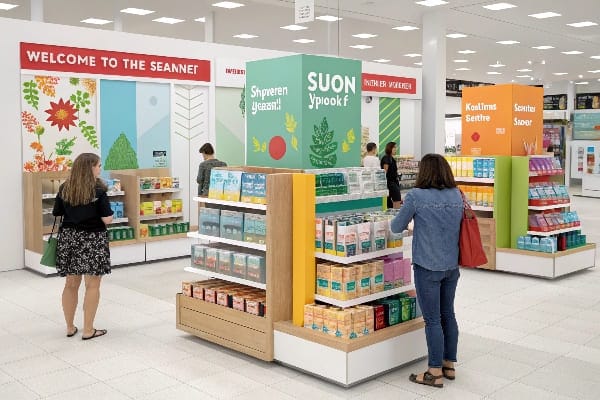
Common types and best uses
I group displays by where shoppers meet them and what the job is. Cardboard works well because it prints fast, ships flat, and sets up quickly. Floor displays1 often carry the biggest load and the biggest visual punch. In many reports, floor displays capture about 43.7% of POP share, and I see that in real projects. Countertop units win at impulse buys. Pallet displays move volume in club channels and big box stores. Shelf trays and clip strips create small, repeatable wins on crowded aisles. Interactive and digital add engagement when a story needs motion or data. Sustainability2 now shapes many choices. Buyers ask for recycled board, water-based inks, and lighter designs. Asia Pacific grows fast with urban retail and ecommerce pickup. Europe pushes eco rules and recyclable coatings. North America stays steady and needs speed. Digital printing helps short runs, seasonal tests, and personalization.
| Type | Best Use | Typical Lifespan | Notes |
|---|---|---|---|
| Floor | New launch, hero SKUs | 4–12 weeks | Big impact, larger footprint |
| Countertop | Impulse, add-ons | 2–8 weeks | Small, near checkout |
| Pallet | Volume, club | 4–12 weeks | Ships and sells on pallet |
| Shelf Tray | Line blocking | 4–12 weeks | Fits existing shelves |
| Clip Strip | Fill gaps | 2–6 weeks | Low cost, light items |
Who sets up store displays?
Many hands touch a set. Confusion kills hours. I assign owners early and document roles in one page.
Displays are set by in-store merchandisers, third-party reset crews, brand reps, or store staff. Designers and factories supply kitted parts and guides. Installers follow the planogram, safety rules, and photo proof steps.
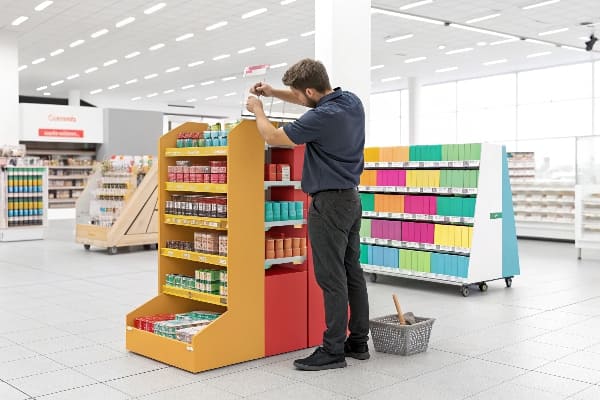
Role map for a smooth set
I keep a clear handoff from design to floor. The brand sets goals and timing. The factory builds a test sample, runs strength and ship tests, and packs a flat kit with labeled parts. A 3D render3 and a one-page quick guide travel with each kit. The retailer issues planograms and window times. A reset crew or store team performs the set. A brand rep checks compliance and takes photos. This looks simple, but small gaps cause big pain. I learned this on a hunting gear launch for a U.S. client with strict dates. We avoided missed sales by locking roles two weeks earlier and by color-coding parts. We also printed QR codes on the guide to show a 30-second setup video. That single step cut install time. It also reduced damaged returns. In tight windows, I use a pre-audit call and a final “Go/No-Go” checklist.
| Role | Key Tasks | When | Risks if Missed |
|---|---|---|---|
| Brand | Goals, budget, SKUs | Week -8 to -4 | Scope creep |
| Designer | Structure, art, dielines | Week -8 to -3 | Fit errors |
| Factory | Sample, tests, kitting | Week -6 to -2 | Breakage |
| Retailer | Planogram, window | Week -3 to 0 | No access |
| Installer | Build, photo proof | Day 0 | Non-compliance |
| Rep/QC | Audit, fix, report | Day 0 to +3 | Lost sales |
What is a merchandising display?
Shoppers decide fast. A good display slows the eye and speeds the choice. I design for that moment.
A merchandising display is a physical presentation that promotes products at the point of purchase. It combines structure, graphics, and placement to guide attention, explain value, and convert interest into sales.
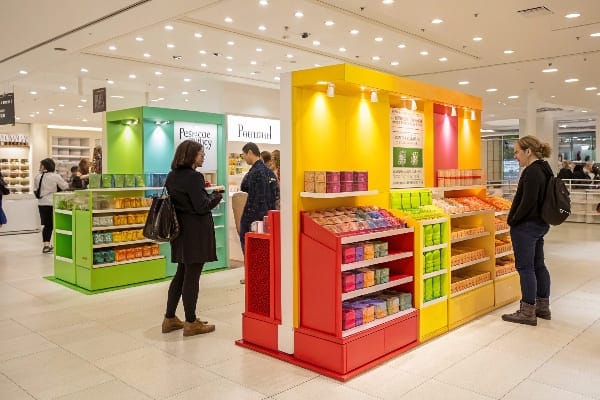
Anatomy and performance metrics
I treat each display as a small store. The structure holds weight and keeps shape. The graphics carry brand, benefit, and price. The layout guides reach and flow. Cardboard is my default for speed and cost. It prints clean, folds flat, and recycles easily. Digital printing lets me run short tests and seasonal art without waste. I track simple numbers. I check sell-through4 by week, compliance by store, and damage rate in transit. I also note setup time because labor is tight. For wet or high-traffic zones, I add eco-friendly coatings5 or a stronger corrugated grade. Interactive units can add sensors or small screens when the story is complex. In some chains, quick “PDQ” trays near checkout show strong impulse gains. I align all choices with local rules and sustainability goals. Many buyers now ask for recycled content and water-based inks as a baseline.
| Element | Purpose | How I Verify | Upgrade Options |
|---|---|---|---|
| Structure | Strength and stability | Load and drop tests | Heavier flute, smart folds |
| Graphics | Message and brand | Color drawdowns | Spot varnish, AR marker |
| Hardware | Fast assembly | Pilot installs | Auto-locks, fewer parts |
| Packaging | Safe shipping | ISTA checks | Better pads, fit lids |
| Data | Sell-through, photos | Simple dashboard | QR audits, IoT tags |
What is a store layout called?
Layout shapes traffic and time. A smart plan makes displays work harder with less space.
A store layout is called a floor plan or retail layout. Common patterns are grid, racetrack (loop), free-flow, and boutique. Layout guides traffic, sightlines, and display zones for end caps, pallets, and impulse points.
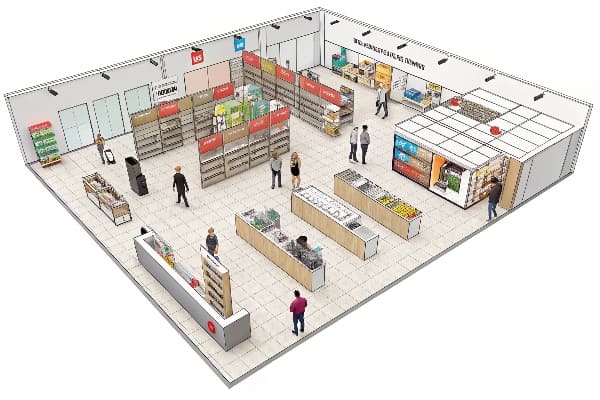
Layout patterns and display strategy
I match display type to layout flow. In a grid layout6, shoppers move in straight aisles, so I focus on end caps and shelf trays that punch through visual noise. In a racetrack plan, traffic loops the perimeter, so I place pallet or floor units on the loop’s slow corners. In free-flow or boutique stores7, I use small floorers and risers that tell a tight story near hero products. I also respect safety and ADA rules and keep walkways clear. I plan with planograms, heat maps, and simple A/B tests. I place quick-grab PDQ trays near checkout. I stage seasonal towers near the front but off the choke point. For club stores, I design pallet displays that ship and sell in one unit. For eco goals, I pick lighter board grades and water-based inks. I design for fast teardown and easy recycling because teams move fast after promos.
| Layout | Traffic Flow | Best For | Display Tips |
|---|---|---|---|
| Grid | Straight aisles | Grocery, drug | Hit end caps; use trays |
| Racetrack | Loop path | Big box, department | Place pallets on slow turns |
| Free-flow | Flexible paths | Specialty | Use small floorers; story first |
| Boutique | Room-like zones | Luxury, curated | Focused sets; rich graphics |
Conclusion
Clear names, clear roles, and a simple plan make displays work. I use fast cardboard builds, clean graphics, and smart placement to turn shelf space into sales.
Explore how floor displays can maximize visibility and sales in retail environments. ↩
Learn about the growing importance of sustainability in retail and how it influences consumer preferences. ↩
Understanding 3D renders can enhance your design process and improve product visualization. ↩
Understanding sell-through is crucial for optimizing inventory and maximizing sales performance. ↩
Explore eco-friendly coatings to enhance sustainability in packaging while maintaining product integrity. ↩
Explore this link to understand how grid layouts enhance shopper experience and optimize product placement. ↩
Discover strategies for creating engaging and flexible retail spaces that attract customers and boost sales. ↩
